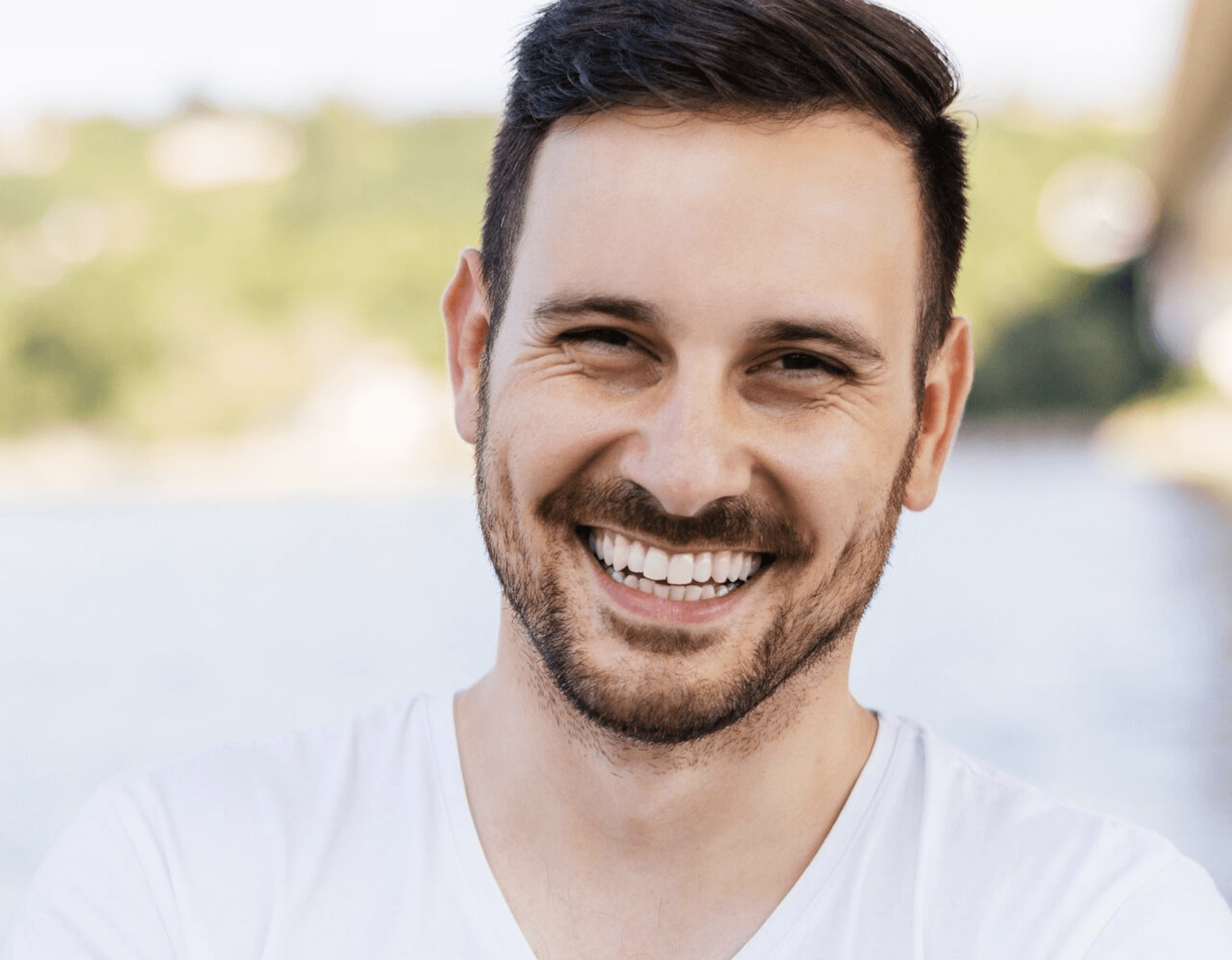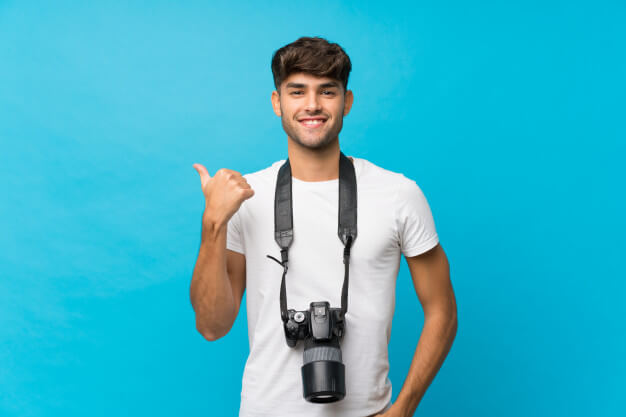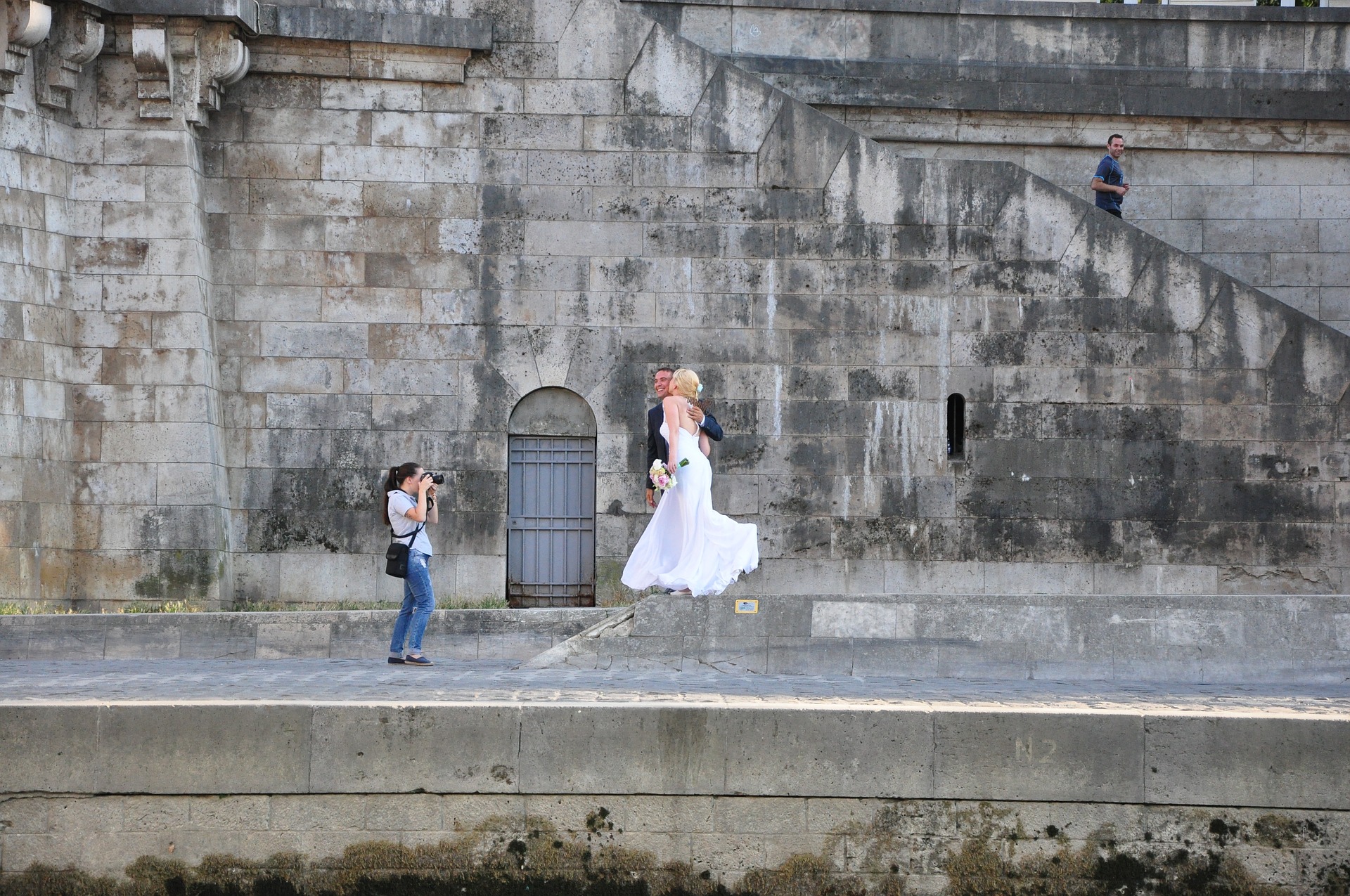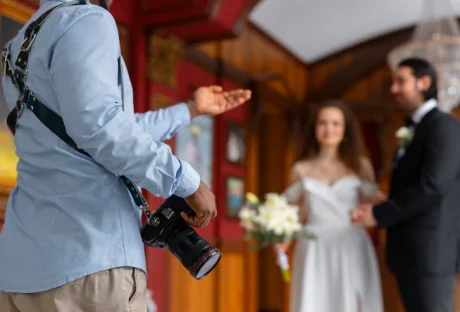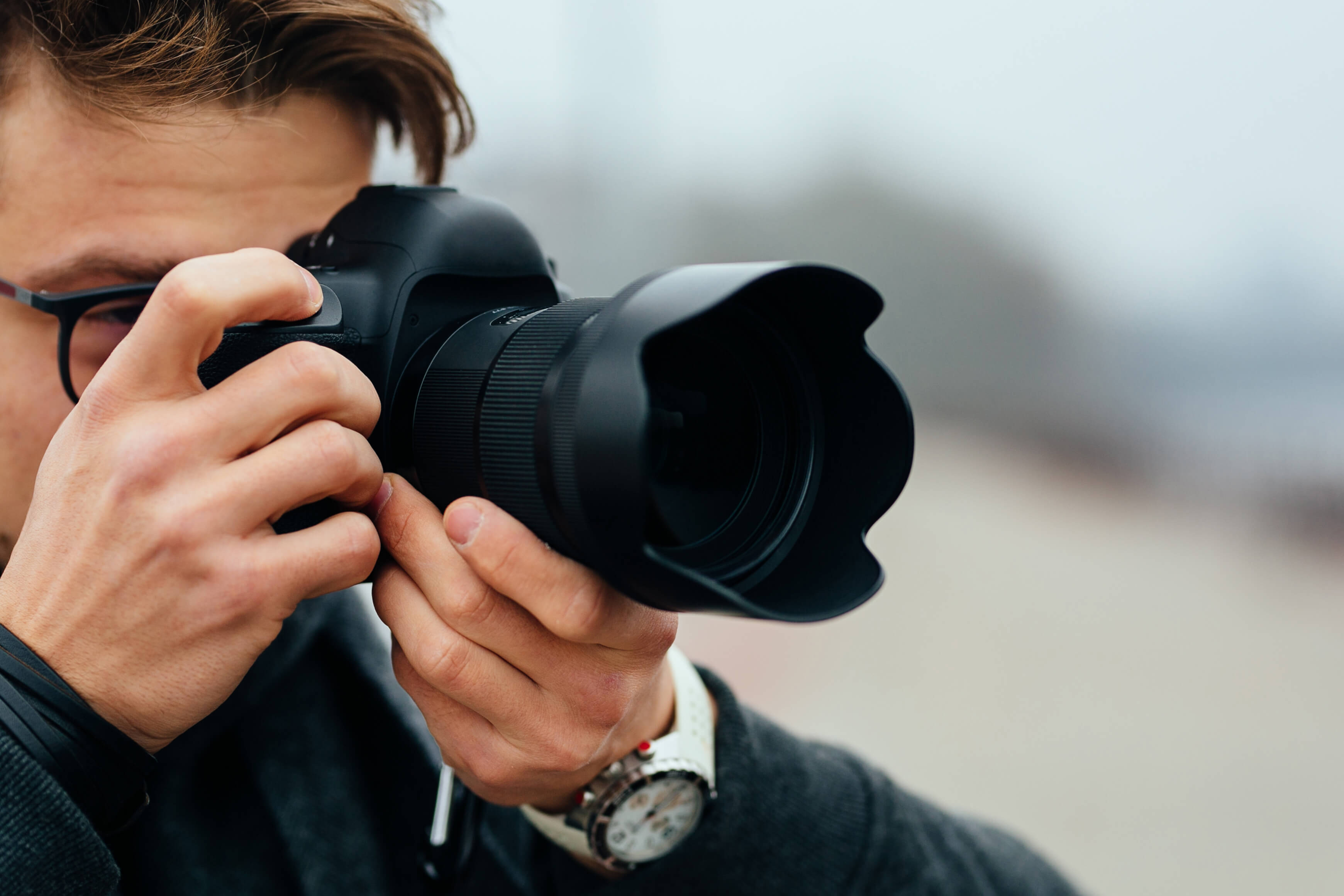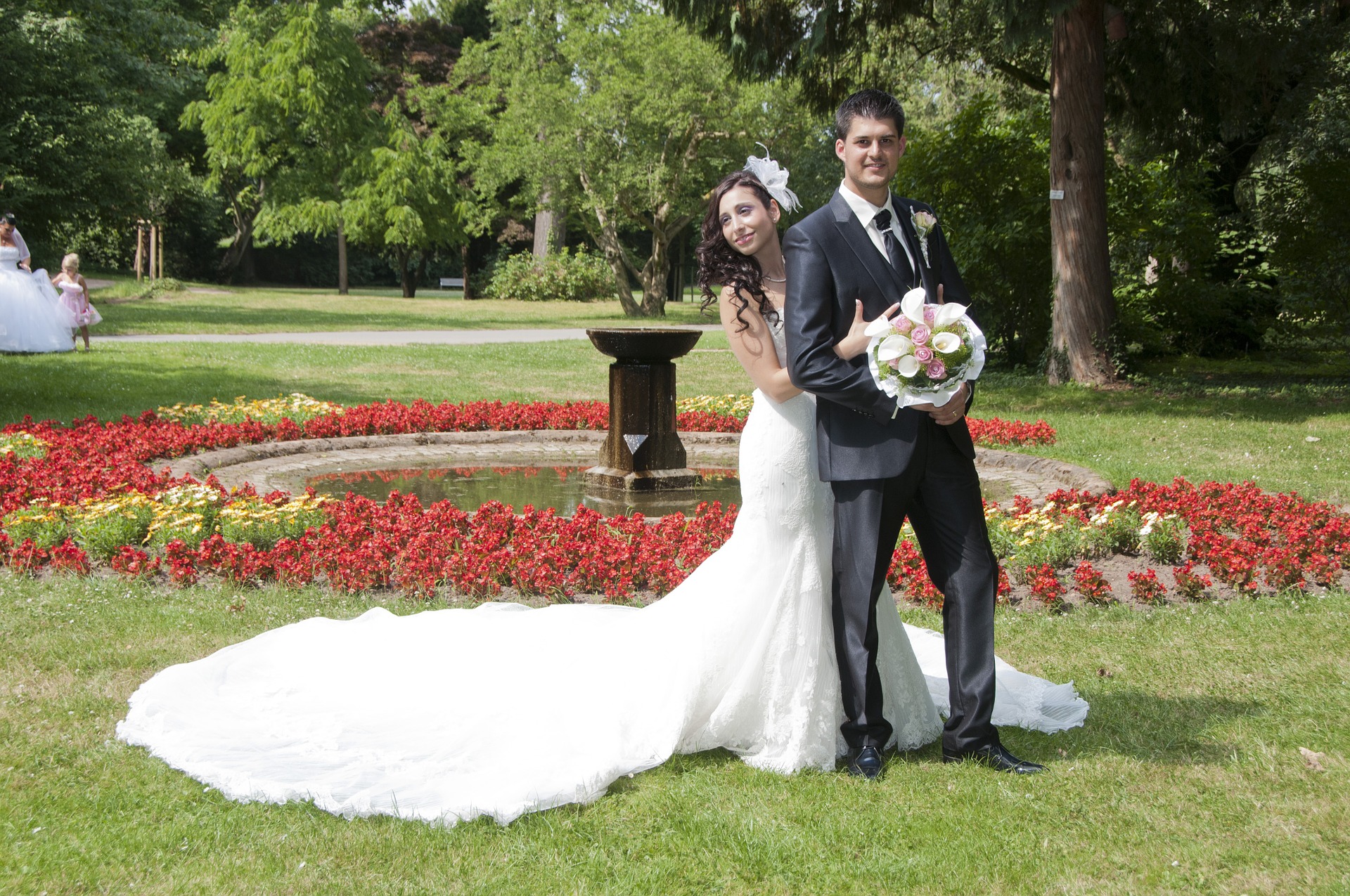Like any other entrepreneur, every photographer also looks forward to growing and succeed with their photography business. However, photography unlike other business ventures, it comes with a special kind of inherent talent and passion. The good thing about photography is that you can start small with lesser capital and still flourish. Sometimes when you are starting a new business, it can be very difficult because you most probably do not have enough resources such as finances or the best equipment. Here are some tips on how bootstrap business in photography.
Adrian Rubin Tells How to Bootstrap Business in the Photography Niche
1. Identify Your Photography Niche:
While other business people start by identifying their business goals, photographers should also identify their photography niche. Professional photographers should begin their photography career with one genre rather than taking anything that comes on their way. You can identify your niche based on interests or what you are passionate about. For instance, you could be a person who loves capturing memories such as those found in social events. In this case, events such as weddings, parties, anniversaries could help you become successful. If you love sports, you can become a sports photographer. Other photography niches that you can pursue include portrait photography, travel photography and commercial photography among others. As you grow in the industry, you will be able to venture into different genres and become a master of several.
2. Evaluate Your Target Clients:
As you work on growing your photography business, consider who your ideal client would be and how you will be able to reach out to them. To bootstrap business with your chosen photography niche you will have to consider the location of your clients because you most probably might not afford to travel to meet clients. Again most people tend to work with clients who are near to them. Also, evaluate your preferred demographics because you might feel comfortable working with corporates rather than families or kids rather than adults among other preferences. Focus on all the factors you are looking for in your clients, and these include resources that you will require and your working style.
3. Know What You’re Worth:
Most people tend to be anxious about getting clients when they start a new business and therefore would underprice their products or services. This should not be the case because you have used resources and consumed time doing your job. You need to value every photography work and price it accordingly. However, despite that you want to respect your value, consider researching the local market price for similar work to avoid charging overly less or overly more.
4. Keep Developing Your Skills:
Photography is a part of creative work, and you are required to be unique and creative when doing this job to not only attract clients but also keep them. Therefore, don’t just stick to one style or one job category. For instance, most people prefer to have wedding videos and photos at the same time. In this case, you should work on mastering the two functions so as to earn two contracts from one client. Diversification here is the key to succeed in photography business as long as you can give quality in all.
5. Marketing:
Photography is not all about creativity but also marketing this creativity is very important. You must invest in time, resources and technology when it comes to marketing your photography business. In the beginning, you can rely on word of mouth through networking done by you or your friends and family members. Referrals also tend to be very effective in the photography business. In today’s digital world you must consider technology in everything and therefore should apply online marketing techniques such as social media marketing and SEO among others. Choose a marketing strategy that works well with you and with time your business will have a brighter future.
Read Also:













